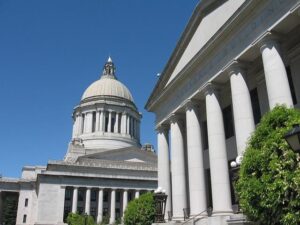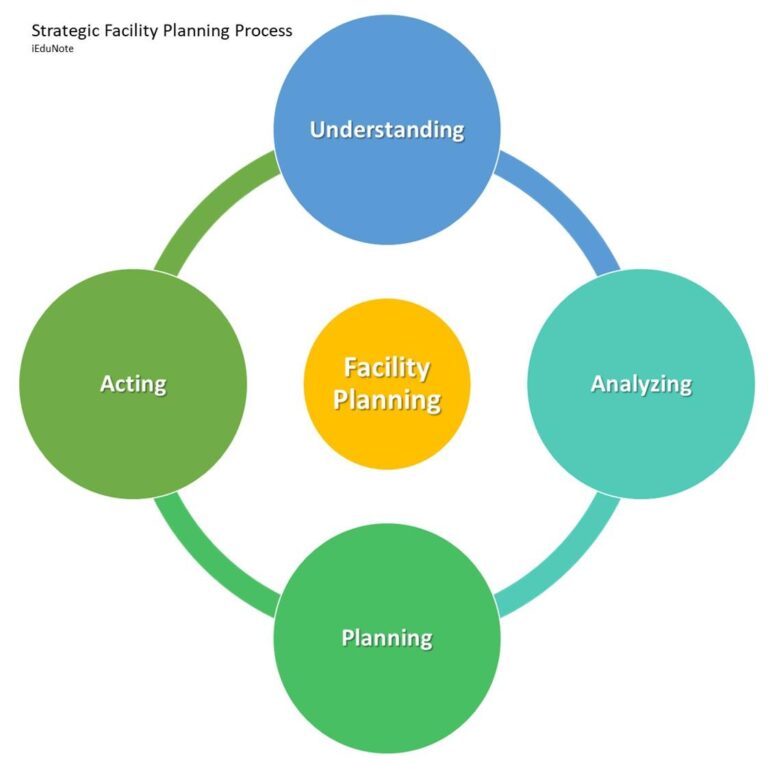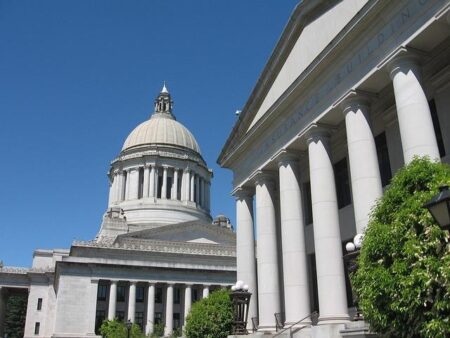Comprehensive Guide to Facilities Planning: Integrating Community Priorities and Development Timelines
The planning and development of public facilities lie at the crossroads of urban growth, policy-making, and community engagement, ultimately shaping the environments where people live, work, and interact. This article delves into the fundamental stages and schedules that govern how facilities are conceptualized, designed, and built, while emphasizing the importance of incorporating local voices. As cities and towns face increasing demands for infrastructure amid limited resources, grasping the planning framework and proactively addressing community concerns are vital for fostering transparent, equitable, and sustainable projects.
Understanding the Facilities Planning Framework: Community-Centered Approaches
Successful facilities planning hinges on a holistic strategy that balances operational goals with the aspirations and needs of the community. Central to this approach is the active participation of diverse stakeholders—including residents, local businesses, and government officials—right from the outset. Early engagement allows planners to uncover potential issues such as environmental consequences, accessibility challenges, and neighborhood character preservation.
Establishing open communication channels and culturally sensitive outreach initiatives cultivates trust and encourages cooperative problem-solving. This inclusive methodology ensures that infrastructure projects deliver benefits equitably and resonate with the community’s values.
Phases of Facilities Planning with Community Engagement Highlights
| Stage | Duration | Community Involvement Focus |
|---|---|---|
| Assessment of Needs | 0–3 Months | Community Surveys and Interactive Workshops |
| Conceptual Design | 3–6 Months | Design Review Meetings and Public Input Sessions |
| Impact Evaluation | 6–9 Months | Environmental and Traffic Impact Studies |
| Finalization and Approval | 9–12 Months | Public Forums and Integration of Feedback |
This phased yet flexible approach guarantees that facility projects not only fulfill immediate operational requirements but also harmonize with community priorities, reducing conflicts and enhancing long-term benefits.
Key Milestones and Scheduling in Facility Development
For planners, residents, and stakeholders, recognizing the critical stages of facility development is essential. The journey typically starts with a feasibility analysis lasting approximately 3 to 6 months, during which site evaluations and financial projections are conducted. Next, the design and approval phase spans roughly 6 to 12 months, featuring public hearings and workshops that invite community input to shape the project’s direction.
Construction timelines vary based on project complexity but generally range from 12 to 24 months. Throughout this period, maintaining transparency and community involvement remains a priority to ensure alignment with public expectations.
| Development Phase | Estimated Duration | Community Engagement Activities |
|---|---|---|
| Feasibility Study | 3–6 Months | Preliminary Surveys and Stakeholder Feedback |
| Design & Approval | 6–12 Months | Public Hearings, Workshops, and Comment Periods |
| Construction | 12–24 Months | Regular Progress Updates and Site Tours |
| Commissioning & Launch | 1–3 Months | Community Celebrations and Final Inspections |
Strategically timed milestones help maintain project momentum while addressing community concerns such as environmental preservation, traffic management, and visual impact. Critical decision points include blueprint approvals, permit acquisitions, and public endorsements following environmental reviews. These moments serve as vital opportunities for dialogue, ensuring evolving community needs are met.
- Public Comment Windows: Essential during design and approval to adapt plans based on community feedback.
- Environmental Assessments: Conducted pre-construction to identify and mitigate ecological risks.
- Progress Reporting: Frequent updates during construction keep stakeholders informed and engaged.
- Final Inspection and Handover: Marks the transition to operational status and community use.
Fostering Inclusive Planning by Addressing Community Concerns
Directly involving residents throughout the planning process has become fundamental to creating facilities that reflect the diverse needs of the population. Transparent public meetings, accessible venues, and multilingual resources are prioritized to ensure inclusivity. Responding to issues such as accessibility, environmental stewardship, and local economic impact has encouraged planners to adopt adaptable designs and timelines that incorporate community input.
Organizing community feedback into clear categories streamlines response efforts, as shown below:
| Community Concern | Mitigation Strategy | Current Status |
|---|---|---|
| Traffic Flow and Safety | Implementation of traffic calming and pedestrian-friendly zones | Underway |
| Environmental Responsibility | Inclusion of green infrastructure and energy-saving technologies | Planned |
| Accessibility and Inclusion | Adherence to ADA guidelines and targeted outreach programs | Ongoing |
- Continuous Engagement: Digital platforms extend dialogue beyond traditional meetings.
- Collaborative Workshops: Empower residents to co-design solutions tailored to their neighborhoods.
- Consistent Updates: Transparent communication about project progress and modifications based on feedback.
Best Practices for Transparent and Efficient Facilities Planning
Maintaining transparency and cultivating community trust require open, ongoing communication throughout all stages of facilities planning. This involves hosting regular public forums, providing accessible online updates, and offering multilingual materials to engage all community members effectively. Documenting decision-making processes clearly and sharing project milestones promptly help prevent misinformation and foster a sense of shared ownership.
Equally critical is embedding community feedback into every phase through structured mechanisms such as surveys, focus groups, and advisory committees. The following framework outlines key transparency practices to embed within planning workflows:
- Establish clear timelines with publicly announced milestones
- Publish comprehensive impact analyses and mitigation plans
- Encourage broad participation using diverse engagement tools
- Provide regular progress reports featuring measurable indicators
| Step | Community Engagement Method | Timeline |
|---|---|---|
| Needs Assessment | Public Needs Survey | Months 1–2 |
| Design Proposal | Focus Groups and Feedback Sessions | Months 3–4 |
| Construction Planning | Transparent Budget Reports | Months 5–6 |
| Final Review | Community Advisory Panel | Month 7 |
Conclusion: Navigating Facilities Planning with Transparency and Community Partnership
As the facilities planning process advances, striking a balance between efficient project delivery and meaningful community involvement remains a pivotal challenge for planners and local stakeholders. A clear understanding of essential facts and timelines empowers residents to stay informed and engaged, while ongoing dialogue ensures that concerns influencing future infrastructure are addressed. Transparency and collaboration are indispensable in crafting developments that fulfill both functional requirements and community aspirations. Continuous monitoring and updates will be provided as plans evolve and public input shapes the outcomes.








